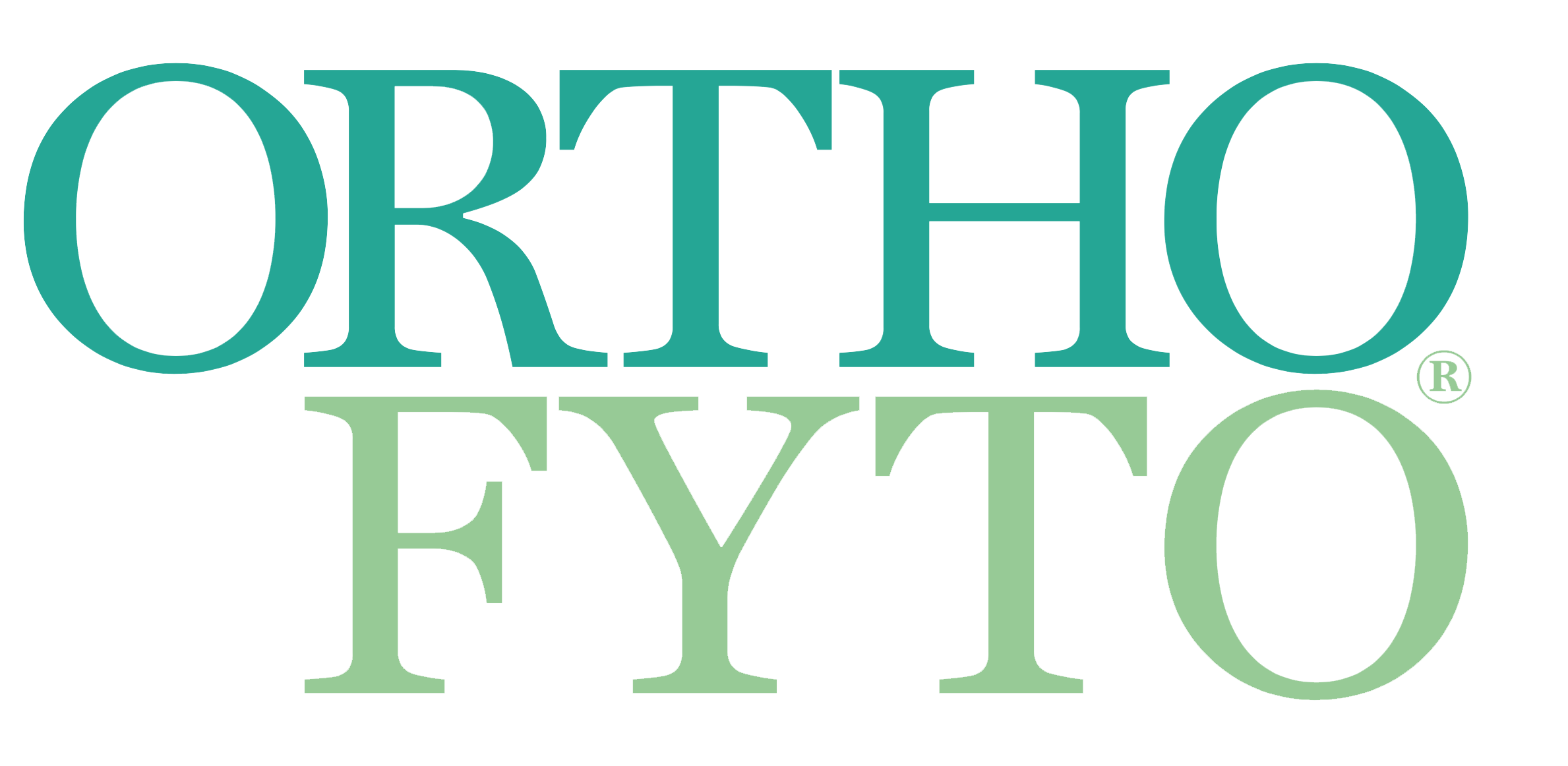IVF, ICSI en homocysteïne
09 Oct, 2017
Door Gabriël Devriendt
In-vitrofertilisatie (IVF) en intracellulaire sperma injectie (ICSI) zijn beide algemeen toegepaste en ingeburgerde methoden voor de behandeling van onvruchtbaarheid. Met IVF technologie werd in 1978 de eerste ‘reageerbuisbaby’ geboren. Intussen zijn miljoenen kinderen geboren via IVF en dankzij deze techniek is de kinderwens van vele vrouwen ingelost. Toch zijn weinig follow up studies gedaan naar korte en lange termijnconsequenties voor IVF-moeders en -baby’s. De vraag is: kan het veiliger? Suppletie lijkt een deel van het antwoord.
IVF wordt algemeen toegepast zonder diepgaand onderzoek naar de veiligheid ervan. Methodologische tekortkomingen in de evaluatie van de risico’s van IVF zijn echter algemeen bekend. Ouders worden onvoldoende op de hoogte gebracht van deze risico’s. Het is evident dat zij niet alleen een ‘on first sight’ gezonde baby wensen, maar ook op lange termijn.
Bekend is dat IVF geassocieerd is met vroeggeboorte (preterm delivery), wat in de beginperiode van IVF vooral toe te schrijven was aan het terugplaatsen van meerdere embryo’s. Vroeggeboorte onder IVF blijkt echter nog steeds een issue, ook als er slechts één embryo wordt teruggeplaatst.1-3 In de VS blijkt de kindersterfte te stijgen en dit wordt toegeschreven aan complicaties bij IVF-baby’s door vroeggeboorte. Ook andere ernstige bijwerkingen worden onder IVF gerapporteerd, zoals retinoblastoma en nefropathie.4-6 Verder bleken kinderen geboren via IVF ook meer en langer gehospitaliseerd te worden.7
Enkele voorbeelden van onderzoek met betrekking tot de risico’s voor IVF-kinderen. Studies geven onder meer aan dat mannelijke IVF-baby’s een vijfvoudig verhoogd risico hebben van hypospadia (afwijking in de plasbuis).8 Een studie in Zweden, waarbij de gezondheid van 5680 IVF-kinderen geanalyseerd werd, toonde als meest algemene neurologische pathologie hersenverlamming en vertraagde ontwikkeling aan (viervoudig verhoogd).9 Een Finse studie registreerde duidelijk meer gezondheidsproblemen bij IVF-kinderen dan bij andere kinderen: 25% was te vroeg geboren en woog minder dan 2500 g.10
- Helmerhorst FM, Perquin DA, Donker D, Keirse MJ. Perinatal outcome of singletons and twins after assisted conception: a systematic review of controlled studies. BMJ 2004;328:261.
- Gissler M, Malin SM, Hemminki E. In-vitro fertilization pregnancies and perinatal health in Finland 1991-1993. Hum Reprod. 1995;10:1856-1861.
- Bergh T, Ericson A, Hillensjo T, Nygren KG, Wennerholm UB. Deliveries and children born after in-vitro fertilisation in Sweden 1982–95: a retrospective cohort study. Lancet 1999;354:1579-1585.
- Moll AC, et al. Incidence of retinoblastoma in children born after in-vitro fertilisation, uses the case-control approach. Lancet 2003;361:309-310.
- Anteby I, Cohen E, Anteby E, BenEzra D. Ocular manifestations in children born after in vitro fertilization. Arch Ophtalmol. 2001;119:1525-1529.
- Yiğiter M, Arda IS, Kiyici H, Hiçsönmez A. Congenital mesoblastic nephroma rich from mitosis after in vitro fertilization: a case report. J Pediatr Surg. 2008;43(5):E27-29.
- Koivurova S, Hartikainen AL, Gissler M, Hemminki E, Järvelin MR. Post-neonatal Hospitalization and Health Care Costs among IVF children: A 7-year Follow-up Study. Hum Reprod. 2007;22(8):2136-2141.
- Silver RI, Rodriguez R, Chang TS, Gearhart JP. In vitro fertilization is associated with an increased risk of hypospadias. J Urol. 1999;161(6):1954-1957.
- Stromberg B, et al. Neurological sequelae in children born after in-vitro fertilisation: a population-based study. Lancet 2002;359(9305):461-465.
- McEvoy TG, Sinclair KD, Young LE, Wilmut I, Robinson JJ. Large offspring syndrome and other consequences of ruminant embryo culture in vitro: relevance to blastocyst culture in human ART. Hum Fert (Camb). 2000;3(4):238-246.
- Sutcliffe AG. Intracytoplasmic sperm injection and other aspects of new reproductive technologies. Arch Dis Child 2000;83:98-101.
- Harton GL, Tempest HG. Chromosomal Disorders and Male Infertility. Asian J Androl. 2012;14(1):32-39.
- Edirisinghe W, Murch A, Junk S, Yovich J. Cytogenetic abnormalities of unfertilized oocytes generated from in-vitro fertilization and intracytoplasmic sperm injection: a double-blind study. Hum Reprod. 1997;12:2784-2791.
- Voullaire L, Wilton L, McBain J, Callaghan T, Williamson R. Chromosome abnormalities identified by comparative genomic hybridization in embryos from women with repeated implantation failure. Mol Hum Reprod. 2002;8:1035-1041.
- Castelo-Branco P, et al. Methylation of TERT promoter and risk stratification of childhood brain tumors: an integrative genomic and molecular study. Lancet Oncol. 2013;14(6):534-542.
- Nuñez-Calonge R, et al. Oxidative stress in follicular fluid of young women with low response compared with fertile oocyte donors. Reprod Biomed Online, 2016;32(4):446-456.
- Boxmeer JC, et al. Homocysteine metabolism in the pre-ovulatory follicle during ovarian stimulation. Hum Reprod. 2008;23(11):2570-2576.
- Ocal P, et al. The association between homocysteine in the follicular fluid with embryo quality and pregnancy rate in assisted reproductive techniques. J Assist Reprod Genet. 2012;29(4):299-304.
- Shahidehnia M. Epigenetic Effects of Endocrine Disrupting Chemicals. J. Environ Anal Toxicol. 2016;6:4.
- Worda C, et al. Influence of the catechol-O-methyltransferase (COMT) codon 158 polymorphism on estrogen levels in women. Hum Reprod. 2003;18(2):262-266.
- Chavis, S (2015). Chronic Stress May Spur Progression of Breast Cancer. Psych Central. Retrieved on August 9, 2017.
- Lynch CD, Sundaram R, Maisog JM, Sweeney AM, Buck Louis GM. Preconception stress increases the risk of infertility: results from a couple-based prospective cohort study - the LIFE study. Human Reprod. 2014;29(5):1067-1075.
- Ebisch IM, et al. Homocysteine, glutathione and related thiols affect fertility parameters in the (sub)fertile couple. Human Reprod. 2006;21(7):1725-1733.
- Zhao J, et al. Zinc levels in seminal plasma and their correlation with male infertility: A systematic review and meta-analysis. Sci Rep. 2016;6:22386.
- Alshatwi AA, Shafi G (2012). Effects of Dietary Nutrients on DNA Methylation and Imprinting, DNA Methylation. Genomics to Technology, Dr. Tatiana Tatarinova (ed.), ISBN: 978-953-51-0320-2, InTech.
- Santos MA, Kuijk EW, Macklon NS. The impact of ovarian stimulation for IVF on the developing embryo. Reproduction 2010;139(1):23-34.
- Franchimont P, et al. Correlation between follicular fluid content and the results of in vitro fertilization and embryo transfer. Fertility and sterility 1989;52(6):1006-1011.
- Peymani R, DeCherney A (2016). Microbiome, Infection and Inflammation in Infertility, Genital Infections and Infertility. Prof. Atef Darwish (Ed.), InTech, DOI: 10.5772/63090.
- Menezo YJ, Silvestris E, Dale B, Elder K. Oxidative stress and alterations in DNA methylation: two sides of the same coin in reproduction. Reprod Biomed Online 2016;33(6):668-683.
